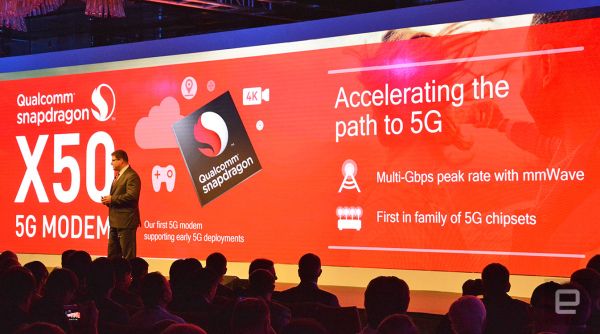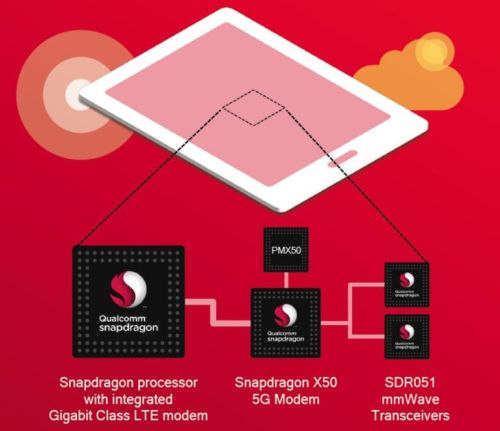By going through the above comparison study, it appears that the latest Mi Smart Band 5 is a good upgrade. However, if you already have the old version, then you can skip now.
What do you say?

Qualcomm Technologies, Inc announced the world’s first commercial 5G modem chipset solution to deliver download speeds of up to 5 gigabits per second. In simple terminology, the 5G modem chipset Qualcomm Snapdragon X50 will be roughly 500 times faster than the speed offered by the current 4G LTE technology.
Back in India, Airtel has been the pioneer in launching 4G services. Though Airtel launched 4G network in Kolkata in April 2012, the LTE services didn’t get any push till the big competitor Reliance Jio made a big entry with its pan-India 4G presence.
Technically, the present 4th generation LTE can offer 450 Mbps or even just 150 Mbps download speeds on our phones. If one is thinking what next, then Qualcomm has an answer for it in the form of Snapdragon X50 that can offer insane download speeds of up to 5 Gbps. Such a boost in connection speeds will let us enjoy super high-quality multimedia content within a fraction of seconds and make virtual reality.
As per the company, Snapdragon X50 5G modem can be coupled to any Snapdragon processor via an integrated Gigabit LTE modem. The first sampling for 5G modem will begin in the second half of 2017. This will definitely play a significant role in the development of 5G devices and networks. The company openly stated that it has tied up with many networking giants including Sweden’s Ericsson, American Netgear and Australian’s Telstra.

This new innovation of Qualcomm will support OEMs developing next-generation devices and early 5G trials and deployments. As of now, the telecom carriers are not ready to offer such remarkable services till 2020. But with the latest Qualcomm’s 5G modem, carriers in South Korea are expected to launch 5G services for the 2018 Winter Olympics scheduled at Pyeongchang, South Korea, which open in February 2018.
The Qualcomm’s announcement will trigger many innovations as it will prompt new demand and new applications, particularly in multimedia segment.